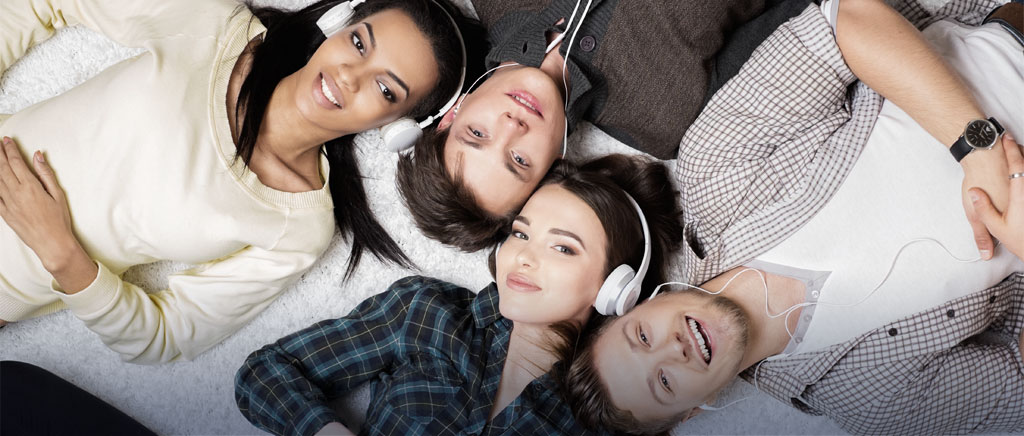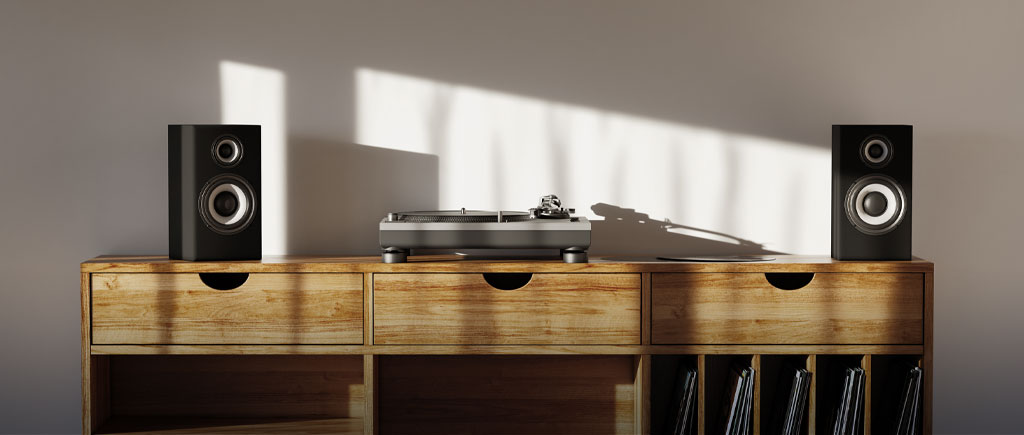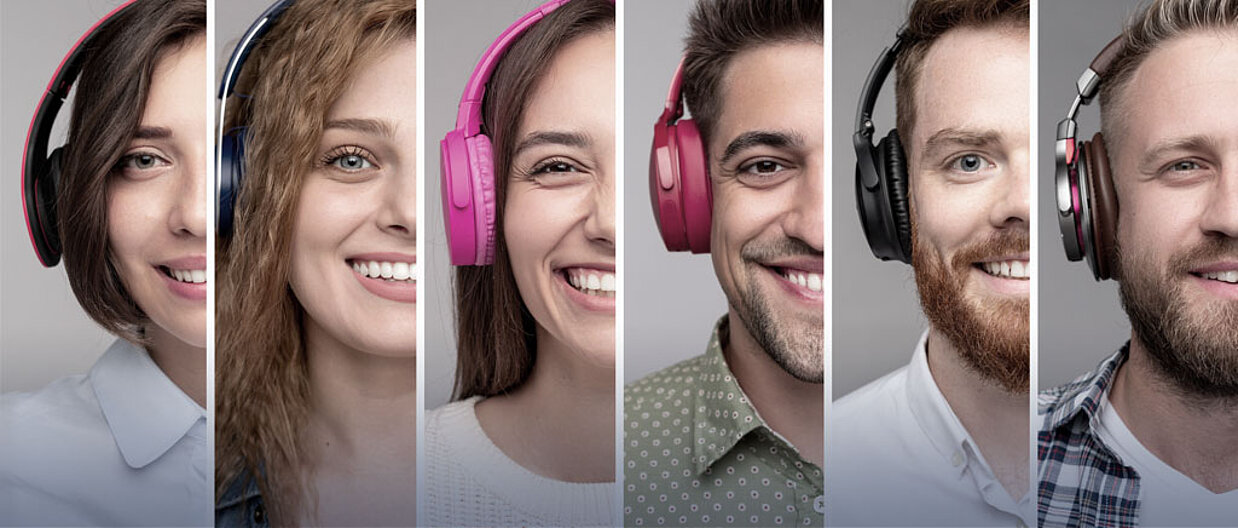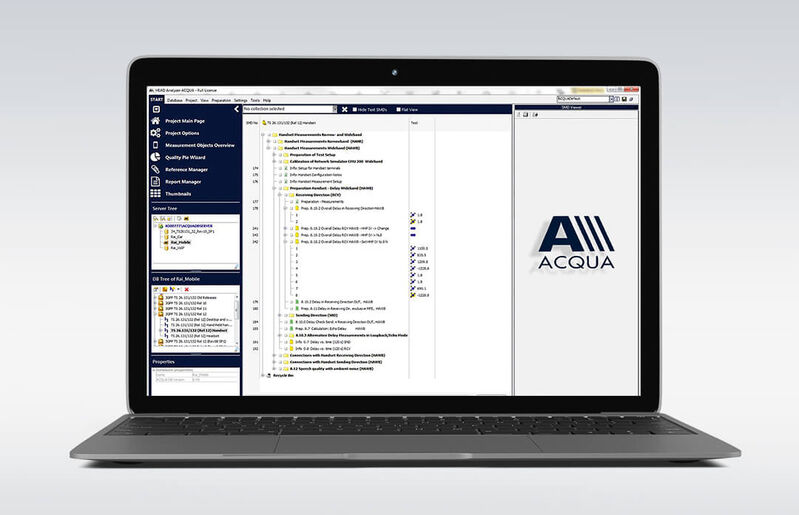
If you read audio trade magazines, you might quickly get the impression that the quest for good sound devours vast sums of money for speakers, amplifiers, streamers, and cables. The verdict on whether the thousands of high-end devices on the market sound good is often made by the "golden ears" of trade magazines. This is undoubtedly relevant for a (very) upscale market niche, where taste preferences and listening experience play a more significant role than absolute quality. In this market segment, a product more often than not reflects the ideas of its developers instead of having to comply with an objective evaluation - even if the official claim is usually that of "tonal neutrality and naturalness."
But what about all the consumer devices on the mass market, speakers in laptops and TVs, projectors and smartphones, headsets, and conference phones? When objectivity trumps individual preferences - simply because the personal taste cannot appeal to a large customer base - and when cost pressure demands very high volumes and efficient development and production, broad-based tests of the audio quality of products are indispensable. Instrumental measurements cover only specific parameters: distortion and noise, frequency response, efficiency, maximum sound pressure, and possibly channel separation.
But audio quality does not only mean such standard parameters. Human perception plays a crucial role in judging sound and sound quality. So how can there be objective measurements that correspond to the reality of listeners if they do not include the human factor?
Escaping the dilemma with MDAQS
Most people are not trained listeners who actively and consciously deal with sound and who would or could, for example, pay attention to the sonic subtleties of different cable conductor or hi-fi rack materials. Characteristics such as "fine dynamics and richness of overtones in the upper mids and the presence range" are not consciously relevant criteria for this group. They perceive the quality of a reproduction system subconsciously and intuitively. In our development, we call this group naïve listeners, whereby "naïve" refers exclusively to this aspect, of course.
HEAD acoustics has conducted hundreds of hours of elaborate listening tests with carefully selected naïve listeners. They evaluated an extensive variety of music and a wide range of different audio devices on several parameters. The results of the comprehensive hearing tests serve as the basis for the training of MDAQS. Through this thorough validation process, we found that naïve listeners' perception of sound quality depends primarily on three quality dimensions:
- Timbre. We mean the effects of the frequency response and temporal precision. How true to the original does the spectrum appear? How natural is the reproduction tonality? And how well is the temporal accuracy of the signal preserved?
- Immersiveness. An immersive sound field "fills" the (virtual) space as realistically as possible. How well are the virtual sound sources defined in a coherent three-dimensional space around the listener?
- Distortion. How "clean" does it sound? How unaffected is the sound signal by harmful influences of electronic and electroacoustic components?
The weighed ratings for these quality dimensions establish a device's perceived overall sound quality.
How does an instrumental assessment based on human perception work?
MDAQS runs directly as an option in ACQUA test software, HEAD acoustics' powerful speech and audio quality measurement and analysis software. MDAQS uses binaural recordings – the best equivalent of real human perception and realistic acoustics – as input for the analysis. The binaural recordings succeed optimally with our new series of low-noise artificial heads. Combined with the modular hardware labCORE, they are ideally suited for sound recording. labCORE operates silently because it has no fan and is very compact. The authentically recorded sound signal and the metrics trained based on extensive listening tests model human perception so well that they make time-consuming and costly tests obsolete.
The three quality dimensions, timbre, immersiveness, and distortion, which constitute the perceived overall quality, are the most important – and in practice sufficient for most evaluations – factors for instrumental assessment by MDAQS. However, MDAQS is also flexible and allows refinements of the metrics by additional parameters because, after all, the requirements for playback devices are as diverse as our world. In addition, we are continuously working on improving the metrics. In any case, the result is a reliable, comprehensible, meaningful, and, above all, reproducible and comparable evaluation of the overall audio quality of products of any kind.
The MDAQS model has been proven in carefully conducted and detailed verification tests with human listeners to be an accurate and reliable means of quality control already at the development stage: There is a clear correlation between metric and auditory results.
Who and how does MDAQS help?
The comprehensive set of an artificial head such as the HMS II.3, labCORE, MDAQS, and ACQUA can easily replace previously used measurement hardware and software solutions. The added value of MDAQS lies primarily in its versatility and innovative features that use binaural methods to objectively evaluate audio quality in a fast, consistent, and comparable approach. This combination of features makes MDAQS unique, as no other system currently available offers such convenient, efficient and realistic audio quality assessment capabilities.
MDAQS is a milestone in perception-based audio quality assessment. MDAQS accelerates the development process and enables more reliable and meaningful results in audio quality tests.






![[Translate to Français:] Man listening to music with head phones. His wife drinks a glas of wine.](https://cdn.head-acoustics.com/fileadmin/img/Blog/MDAQS/MDAQS_Blog_Mann-Kopfhoerer_Frau-Wein.jpg)


